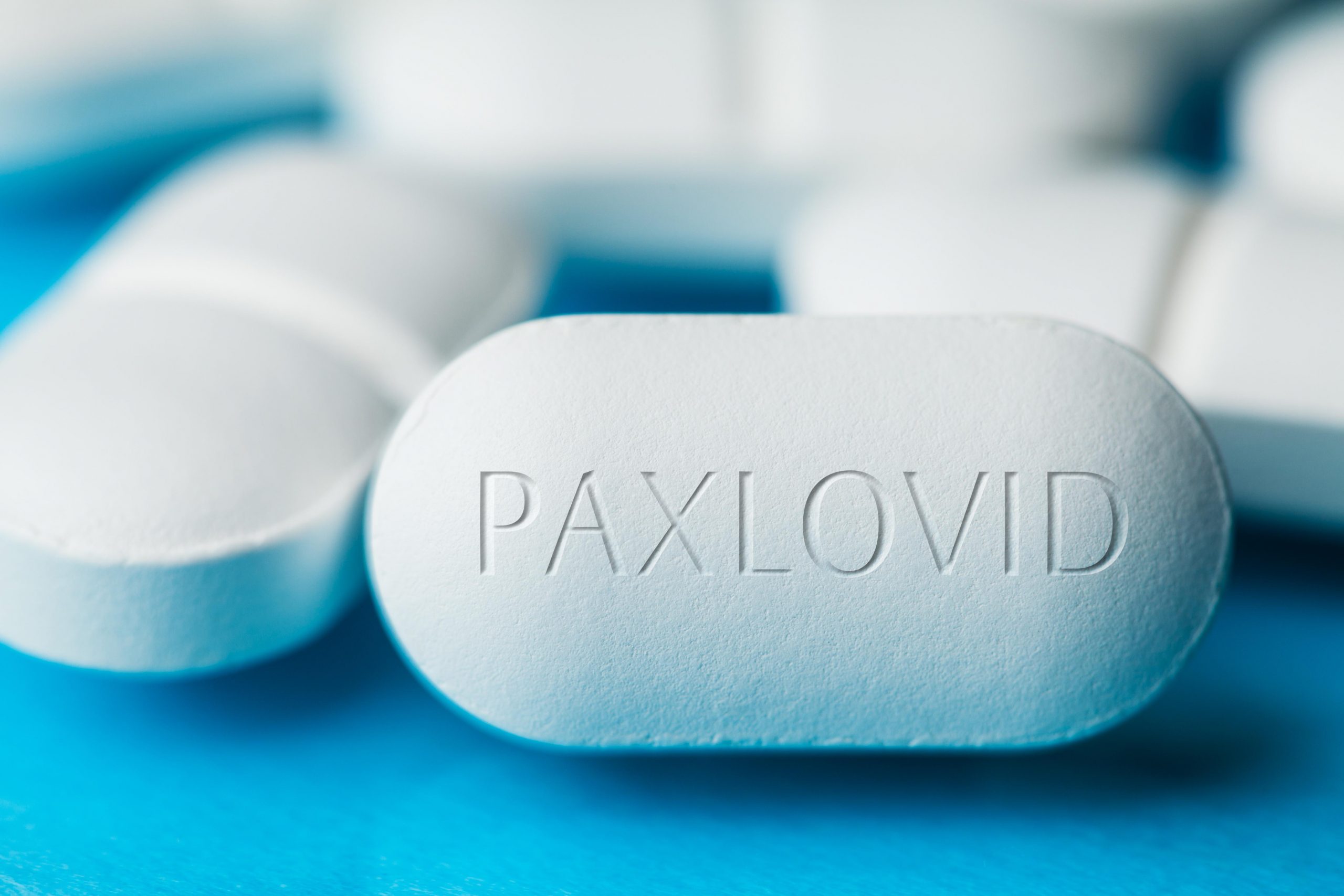
Paxlovid helps prevent severe COVID-19, but it also might significantly increase a person’s risk of a rebound case, a new study confirms.
About 1 in 5 people taking Paxlovid recovered and tested negative for COVID, but later experienced a positive test result and started shedding live and potentially contagious virus.
That’s called “virologic rebound.” It only happened about 2% of the time in people not taking Paxlovid, according to results published Nov. 13 in the Annals of Internal Medicine.
“We found that the virologic rebound phenomenon was much more common than expected — in over 20% of people taking Paxlovid — and that individuals shed live virus when experiencing a rebound, implying the potential for transmission after initially recovering from the virus,” researcher Dr. Mark Siedner, an infectious disease clinician at Massachusetts General Hospital in Boston, said in a news release from Mass General Brigham.
The study runs counter to clinical trials that found only 1% to 2% of patients taking Paxlovid experienced virologic rebound, the researchers noted.
Regardless of the rebound risk, they defended the usefulness of Paxlovid.
“Paxlovid remains a lifesaving drug I prescribe to high-risk patients,” said researcher Dr. Jonathon Li, an infectious disease physician at Brigham and Women’s Hospital. “This study, while informative, does not change the fact that this drug is very effective at preventing hospitalizations and death. Instead, it offers valuable insights to Paxlovid patients, helping them understand what to expect and how long they might be contagious.”
For this study, researchers followed 142 people who tested positive for COVID, and sorted them based on whether or not they were prescribed Paxlovid. Doctors then closely tracked their viral loads and symptoms.
About 21% of patients who took Paxlovid experienced virologic rebound, compared with 2% of those not prescribed the drug, researchers found.
Those with a rebound also shed virus longer, an average of 14 days compared to fewer than five days in those who didn’t rebound. That made them potentially contagious for much longer, researchers said.
They said the difference between this study and the earlier clinical trials could be that the trials assessed patients at only two points in time.
“In our study, we were able to closely monitor patients from the onset of COVID-19 infection through treatment and rebound,” Li said. “We followed up with patients three times a week, sometimes for months, and performed in-home sample collection. Having both viral RNA levels and viral culture data also allowed us to paint a more comprehensive and nuanced picture of a patient’s experience with Paxlovid.”
More information
Yale Medicine has more about Paxlovid.
SOURCE: Mass General Brigham, news release, Nov. 13, 2023
Source: HealthDay
Copyright © 2024 HealthDay. All rights reserved.

Leave a Reply